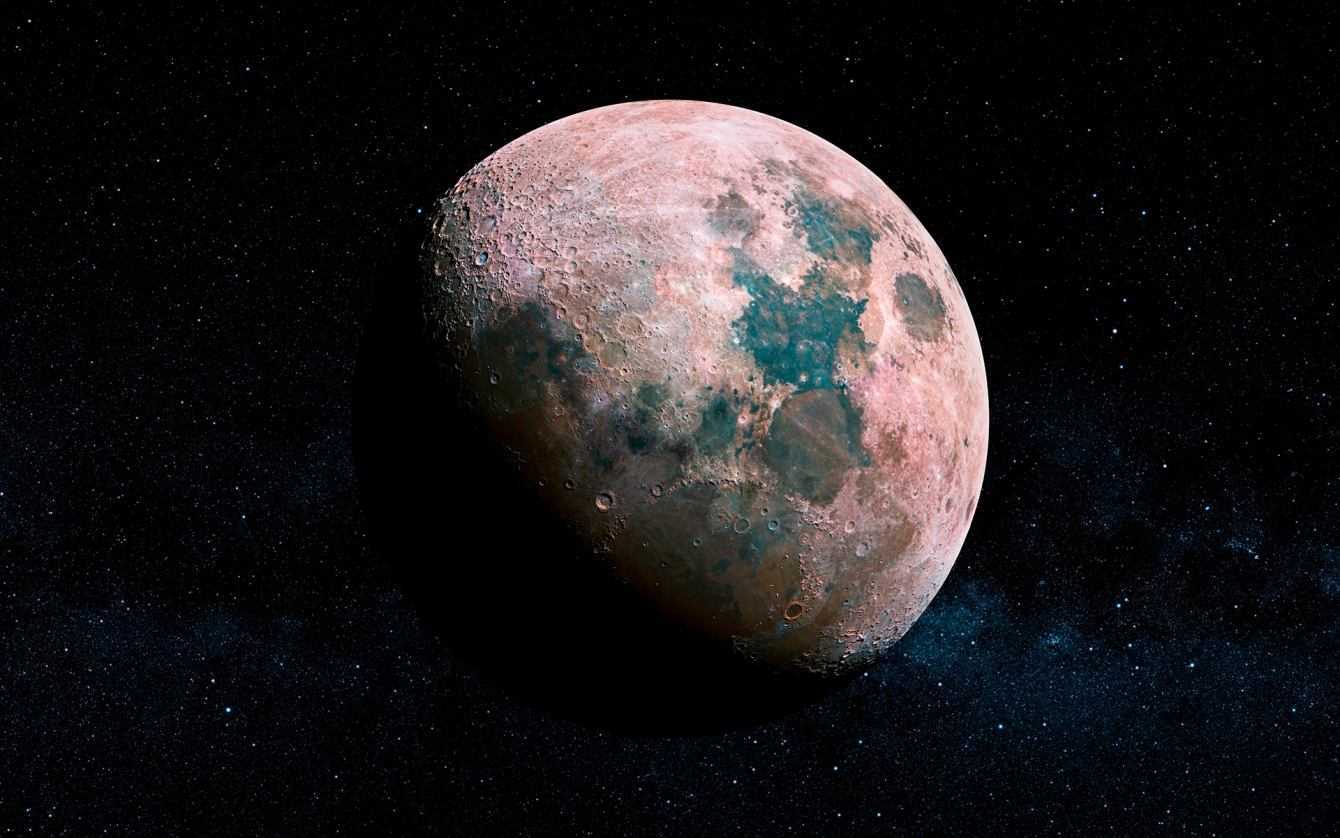On the occasion of the 61st anniversary of the Sputnik 5 mission, we tell the stories of Laika, Belka and Strelka, the three dogs protagonists of the “race to the moon”.
The use of animals for the purpose of Research has always been a reason for ethical debates. Today, thanks to technological progress, it is possible to test the safety of most products without resorting to this sad practice. During the last century, however, the latter was widespread, especially in the field space. In fact, in it, every small miscalculation could be fatal for the astronauts on board.
During the Soviet mission Sputnik, several animals were sent into orbit. Some, like At a time, they lost their lives. Others, like bar e Strelka, they subsequently landed in perfect health. On the occasion of the 61esimo anniversary of the mission Sputnik 5, we tell the story of these three heroes who, unwittingly, saved the lives of dozens of men.
Laika: Sputnik’s death sentence 2
On November 3, 1957, the Soviet space capsule Sputnik 2 left the station of baykonour with on board Kudrjavka, a small-sized mestizo referred to by the media “At a time”. His was born as a one-way trip: the satellite, after having orbited, should have re-entered theearth’s atmosphere about the middle of the following year, disintegrating before hitting the surface. The capsule was full of sensors, to monitor the health of the dog moment by moment. The picture, cruel enough in itself, had far worse backstories.
During the hard training, At a time he had already suffered enough. To get used to the flying conditions, she was forced to spend many hours in confined spaces and centrifuges in action. Everything had been arranged to accustom his little heart to endure a great deal of mechanical stress and fear. The actual version of the facts, which came to light only a few decades later, is decidedly sad. Laika died a few hours after take-off, due to the overheating of the satellite that caused her terrible suffering.
But that’s not all. According to plans, the capsule was to remain in orbit until the fuel ran out. This episode, however, was recorded only a few days after the departure, making the experiment and therefore the sacrifice of the dog rather useless from the point of view scientific.

Belka and Strelka: surviving Soviet selfishness
On the morning of August 19, 1960 he set off from the ramp Gagarin, the artificial satellite sputnik 5, with type capsule Vostok. In this launch, the astronauts were really numerous: there were in fact two dogs, a rabbit, two rats, 40 mice and 15 containers with fruit flies and a variety of plants and mushrooms. Thanks to the wide range of living beings transported, the weight of the vehicle amounted to almost five tons.
The mission plan foresaw the achievement oforbit, the mileage of sixteen ellipticals and the subsequent return to the atmosphere. All this was done in a single day. Unlike Sputnik 2, this launch developed as planned and in fact, on August 20, 1960, the capsule landed completely intact. After carrying out the checks, it was noted that the entire crew was in perfect health.
Sputnik 5 it was therefore the first manned expedition to be successful on land. Due to the strong social and political impact of this event, bar e Strelka immediately entered the hearts of Soviet families, as a symbol of force and of fidelity. After their death, which naturally occurred a few years later, the two dogs underwent embalming and their bodies are still preserved at the Cosmonauts Museum in Moscow.

The Moon: The first step will be to install a stable orbiting station, NASA
The two stories have similar prologues but completely different endings. From the story of Laika, Belka and Strelka we should all learn a lesson: before making decisions, of whatever kind, there are questions that must necessarily be asked. One could start, for example, with a simple: “Is it really worth it?”















Leave a Reply
View Comments